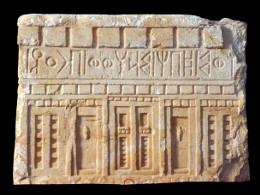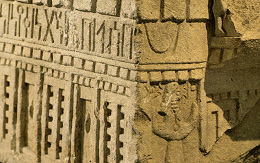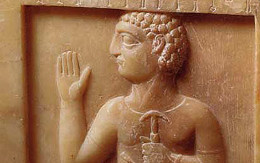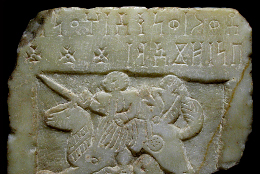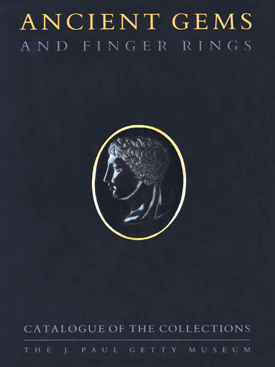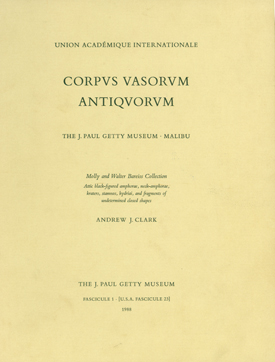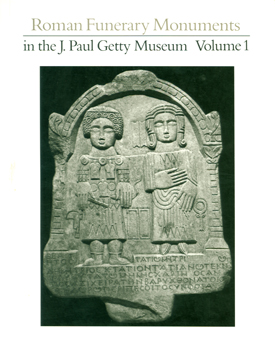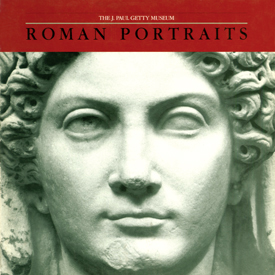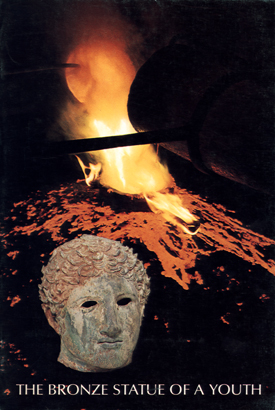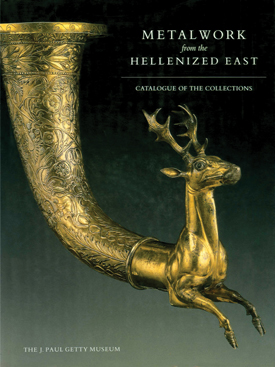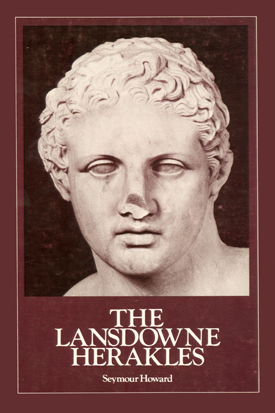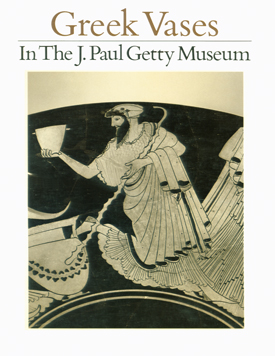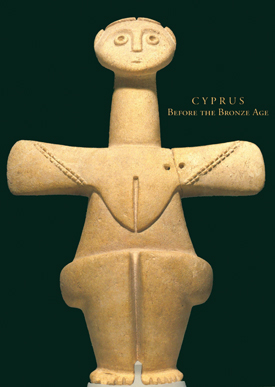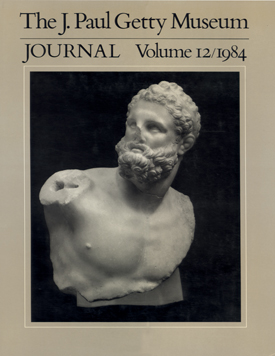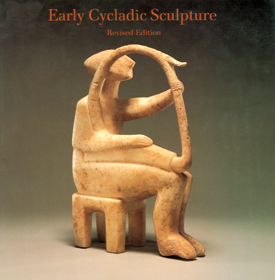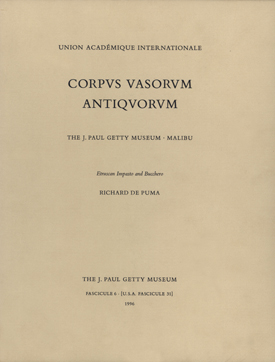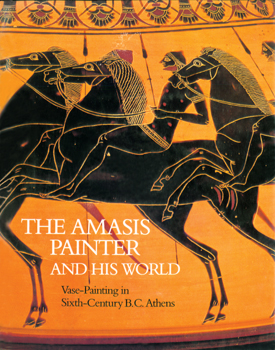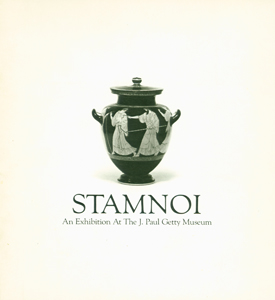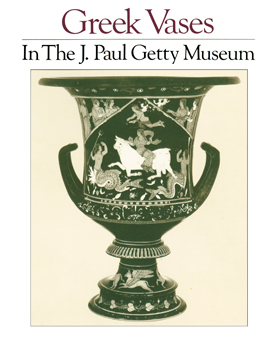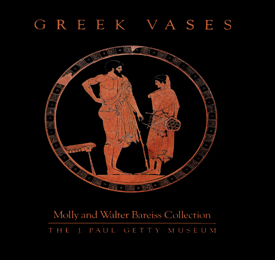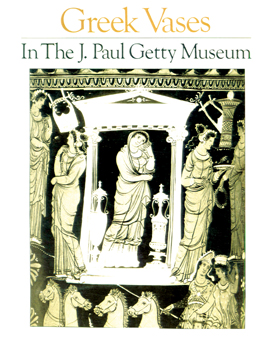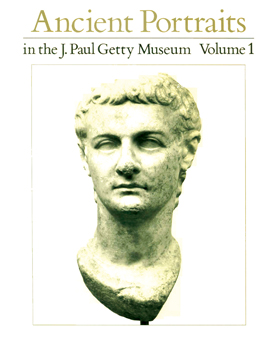Ingo Pini (Hrsg.)
Die Siegelabdrücke von AJ. Triada und anderen Zentral- und Ostkretischen Fundorten
Unter Einbeziehung von Funden aus anderen Museen
Corpus der minoischen und mykenischen Siegel, Band 2.6Im Band II,6 werden die Siegelabdrücke veröffentlicht, die auf Tonplomben vorkommen, die in verschiedenen Orten Zentral- und Ostkretas gefunden worden sind. Der Band enthält 148 verschiedene Siegelabdrücke aus Agia Triada und eine kleinere Anzahl von Siegelabdrücken aus den folgenden Fundorten: Archanes, Chamaizi, Ellenes Amariou, Gournia, Jouktas, Kato Zakros, Malia, Myrtos-Pyrgos, Palaikastro, Phaistos, Sambas, Sklavokambos, Trypiti, Tylissos sowie einige Stücke unbekannter Herkunft. Insgesamt sind 289 verschiedene Siegelflächen im Band dokumentiert. Die Mehrheit der im Band veröffentlichten Siegelabdrücke kommt auf Tonplomben vor, die im Archäologischen Museum von Iraklion aufbewahrt sind. Daneben enthält der Band auch einige Siegelabdrückn auf Tonplomben in anderen Sammlungen enthalten.








